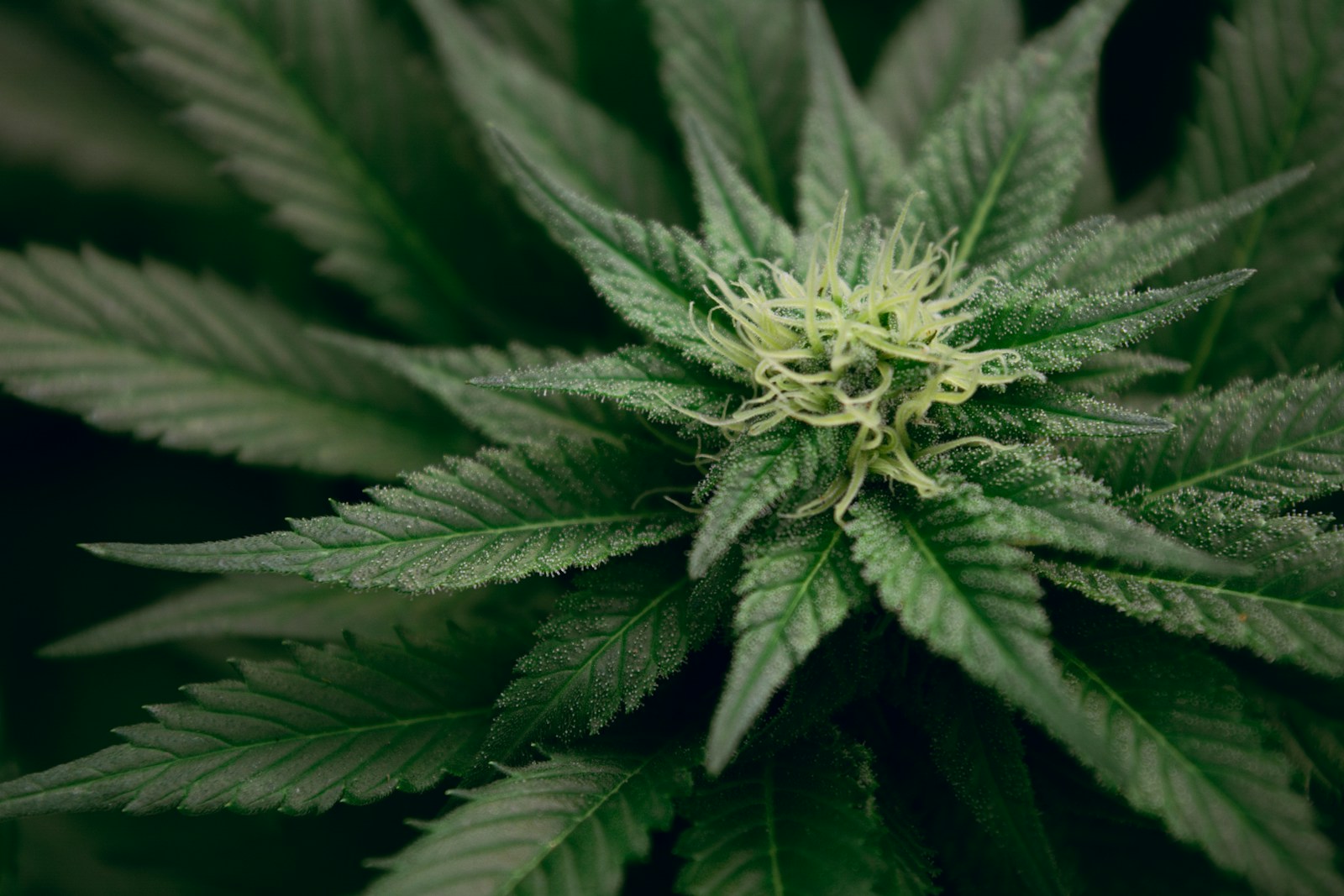The art and wonder of cannabis cultivation is a beautiful and unique process for every cultivator.
At Stem Haverhill, we believe that a bit of curiosity is essential for cannabis enthusiasts and cultivators alike. A fascinating element of cannabis cultivation is the possibility of encountering plant mutations.
This guide takes you through some of the most common cannabis mutations you may encounter when cultivating, helping you better understand these anomalies and why they happen.
What are the Different Types of Cannabis Mutations?
Cannabis plants can exhibit a range of fascinating mutations that impact growth, appearance, and even yield. While some mutations are purely aesthetic, others can affect the plant’s development and require special attention from growers.
Here are some of the most unique cannabis mutations to be aware of:
1. Whorled Phyllotaxy
In most cannabis plants, leaves grow in an alternating pattern that resembles a fan shape. However, with whorled phyllotaxy, three leaves (or more) sprout from the same node instead of two. This mutation won’t typically harm the plant but can sometimes slow down its growth.
Whorled phyllotaxy in cannabis plants is often more of a curious sight than a significant issue – but some growers are drawn to it, amazed by the unique characteristics in the plant’s final yield.
2. Polyploidism
Polyploidism is a genetic mutation that occurs in plants and animals, specifically certain groups of fish or amphibians. In cannabis plants, this occurs when a plant has more than two sets of chromosomes, potentially increasing its size and bud density.
Polyploid plants may also have larger leaves, thicker stalks, and even increased cannabinoid content. It practically looks as if the plant is outgrowing itself!
While this mutation might sound ideal for growers looking for big buds and high yields, true polyploid cannabis is rare. Artificially inducing polyploidy in cannabis plants can lead to a greater risk of diseases or further mutations.
3. Albinism and Variegation
When a plant lacks chlorophyll, the leaves and stalks of the plant will turn white. Albinism in cannabis may look striking and interesting, but can hinder the plant’s ability to photosynthesize. As a result, this can stunt cannabis plant growth and cannabinoid content.
Variegation is a milder version of this mutation. Variegation refers to sections of the plant, like leaves and stems, displaying color variations that differ from the usual green.
This can result in:
- Different colored leaves
- A marbled pattern
Variegated plants can grow to maturity though they may require extra care and attention to ensure they’re receiving adequate light.
4. Ducksfoot Leaf Mutation
Named for its resemblance to a duck’s webbed foot, this cannabis mutation causes the leaves to grow in a more fused, less traditional fan-leaf shape.
This mutation is aptly named for its resemblance to a duck’s webbed foot. The look of this mutation results in leaves that grow in a more uniquely fused shape, unlike the traditional cannabis fan-leaf design.
Originally popularized by Australian breeders, duckfoot genetics are now available to cultivators who prefer a less conspicuous plant.
5. Leaf Buds
Leaf buds are a cannabis plant mutation where buds appear randomly around the plant and not just on the branches. While this mutation is absolutely rare, there’s no severe harmful result or risk for the plant.
These buds can add a little extra yield and a lot of curiosity to a plant. They’re not as potent as traditional buds, but their presence can be a sign of a healthy, vigorous plant with genetic quirks.
6. Phyllody
Phyllody is in fact the opposite of the Leaf Buds mutation— it’s a genetic plant mutation in which leaves or leafy structures grow within the cannabis plant’s buds themselves. This can disrupt normal bud formation and decrease the overall yield, considering these buds might contain more leaf matter than resinous flower.
Phyllody is often linked to environmental stressors, causing leaves to pop up closer to where the buds grow. If you notice this mutation, it may be worth reviewing your plant’s growing conditions and environment to see if any adjustments are needed.
7. Re-Vegetation
Though not strictly a mutation, re-vegging cannabis occurs when a flowering cannabis plant re-enters the vegetative stage.
This can happen due to a plethora of environmental changes or stressors in the plant’s environment—including light schedule changes or deliberate actions made by the grower.
Unusual branching patterns and enormous growth results from re-vegged plants that have multiple leaves and buds. While this can be a bit more challenging to manage, many growers manually tweak their plans and use this technique to increase yields.
Embracing Nature’s Variety at Stem Haverhill Cannabis Dispensary
Cannabis plant mutations aren’t just rare physical abnormalities—they’re part of the natural genetic diversity that makes these plants and cultivation so fascinating. As you can see, some mutations can enhance plant growth, yield, or stealth, others might pose challenges. Some cannabis mutations can have more detrimental effects to the plant than others.
As a cultivator or homegrower, learning to identify these traits and understand their impacts can deepen your connection to your plants and bring even greater satisfaction to the process of growing cannabis. Whether you’re growing for personal enjoyment or exploring new seeds and genetics, keep an eye out for these unique mutations on your cannabis journey!
Let Stem Haverhill be your ultimate guide for growing cannabis in Massachusetts! Check out more information on homegrown cultivation & cannabis from our Blog page.
The contents of this blog are intended for informational purposes only. Always seek the advice of a physician or other qualified healthcare provider with any questions you may have regarding a medical condition.

